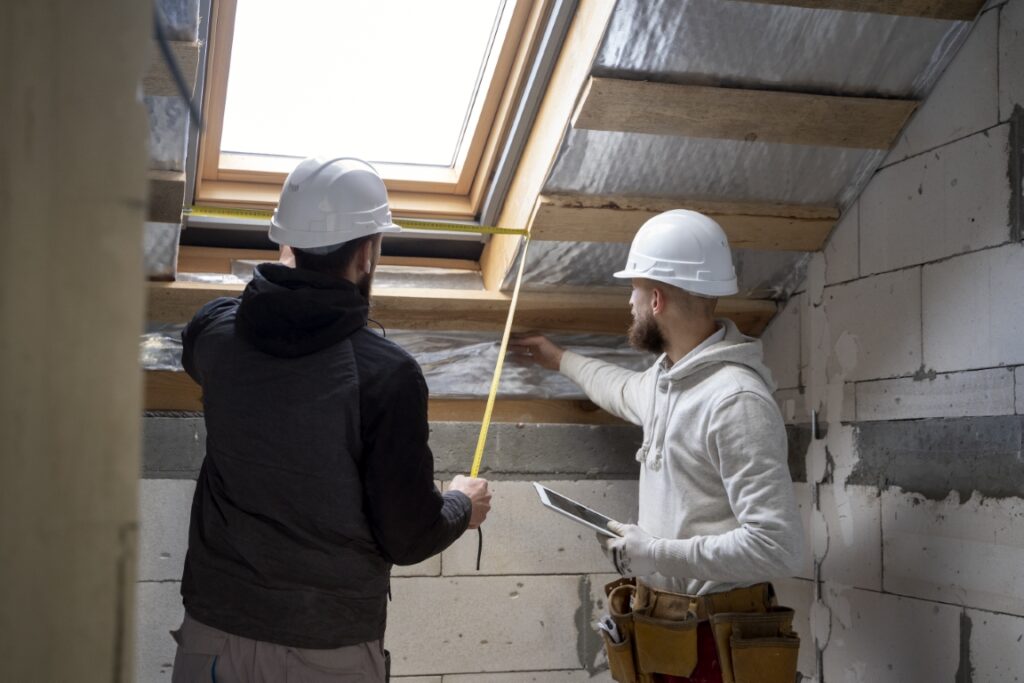
The Basics of Home Insulation: Everything You Need to Know
When it comes to making your home more energy-efficient, comfortable, and cost-effective, insulation plays a crucial role. Proper insulation can keep your home warm in the winter, cool in the summer, and reduce your energy bills significantly. In this blog post, we’ll cover the basics of home insulation, including the types of insulation, where to use them, how much insulation you need, and some handy installation tips.
Types of Insulation
- Fiberglass Insulation
- Description: Made from fine glass fibers, this is one of the most common types of insulation.
- Best Used For: Walls, floors, and ceilings.
- Advantages: Affordable, easy to install, non-flammable.
- Foam Board Insulation
- Description: Rigid panels of insulation that can be used to insulate almost any part of your home.
- Best Used For: Unfinished walls, floors, ceilings, and unvented low-slope roofs.
- Advantages: High insulating value for relatively little thickness, moisture-resistant.
- Spray Foam Insulation
- Description: Applied using a spray gun, it expands and hardens into a solid cellular plastic.
- Best Used For: Hard-to-reach areas, around wiring, and plumbing.
- Advantages: Excellent for air sealing, high R-value, fills gaps and cracks effectively.
- Cellulose Insulation
- Description: Made from recycled paper products, treated with fire retardants.
- Best Used For: Attics and enclosed existing walls.
- Advantages: Environmentally friendly, excellent soundproofing qualities.
- Mineral Wool Insulation
- Description: Made from natural rock or steel slag, a by-product of steel production.
- Best Used For: Areas where fire resistance is essential, such as around boilers and furnaces.
- Advantages: Fire-resistant, soundproofing qualities, water-resistant.
What to Use Where
- Attic: Fiberglass batts or rolls, spray foam, or cellulose. These materials are effective at preventing heat loss through the roof.
- Walls: Foam board, fiberglass, or cellulose. Spray foam is also ideal for sealing around outlets and fixtures.
- Floors: Fiberglass batts or rolls, especially in crawl spaces or over unheated garages.
- Basements and Crawl Spaces: Foam board or spray foam to prevent moisture problems and heat loss.
How Much Insulation Do I Need?
The amount of insulation you need depends on your climate zone, the part of the house you’re insulating, and your energy efficiency goals. Insulation is measured in R-values, which indicate the material’s resistance to heat flow. Higher R-values mean better insulation.
Here’s a quick guide:
- Attics: R-30 to R-60
- Walls: R-13 to R-21
- Floors: R-25 to R-30
- Basements and Crawl Spaces: R-11 to R-19
Installation Tips
- Seal Air Leaks First: Before installing insulation, seal any air leaks with caulk or weatherstripping to maximize efficiency.
- Wear Protective Gear: When handling insulation materials, especially fiberglass, wear gloves, long sleeves, and a mask to protect your skin and lungs.
- Install Vapor Barriers: In colder climates, use vapor barriers on the warm side of the insulation to prevent moisture buildup.
- Measure and Cut Carefully: Ensure you measure your spaces accurately and cut the insulation to fit snugly without gaps or compressions.
- Follow Manufacturer Instructions: Different insulation types have specific installation requirements. Follow the manufacturer’s guidelines for the best results.
Call Us!
Ready to improve your home’s comfort and energy efficiency? Let One Stop Handyman help you with all your insulation needs! Whether you’re insulating your attic, walls, floors, or crawl spaces, we’ve got you covered. Contact us today at (305) 442-2799 for a free consultation and estimate. Don’t wait – make your home more energy-efficient and comfortable with One Stop Handyman!
Insulation is a vital part of your home’s efficiency and comfort. By choosing the right type of insulation and installing it correctly, you can enjoy a cozier home and lower energy bills. If you need professional assistance, One Stop Handyman is just a call away.